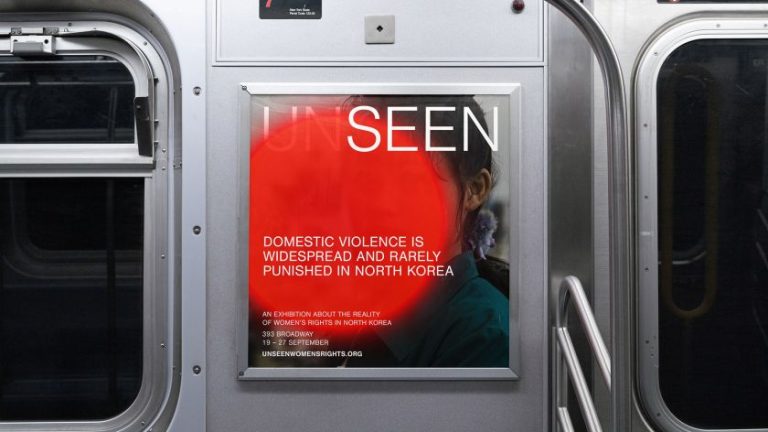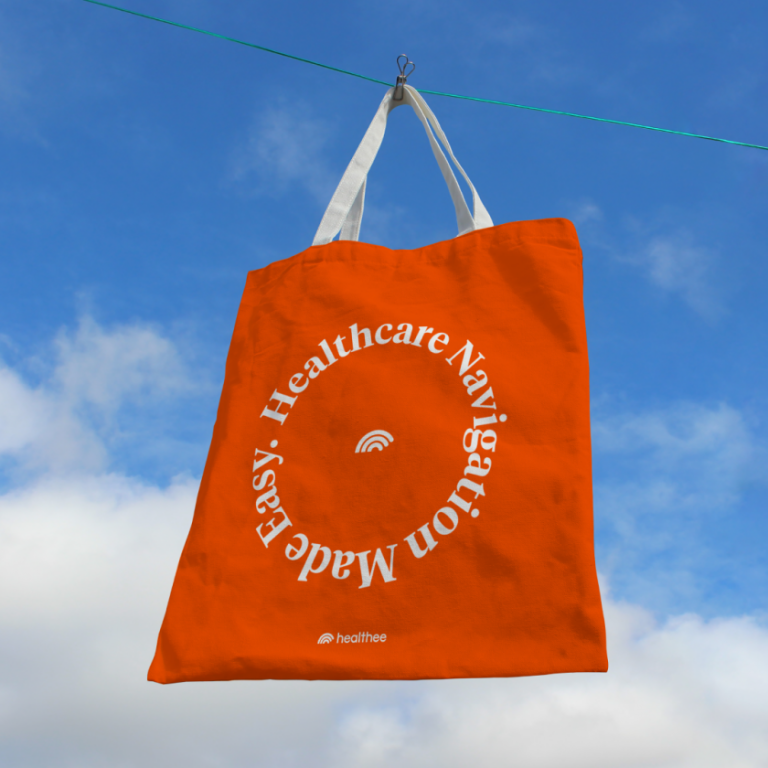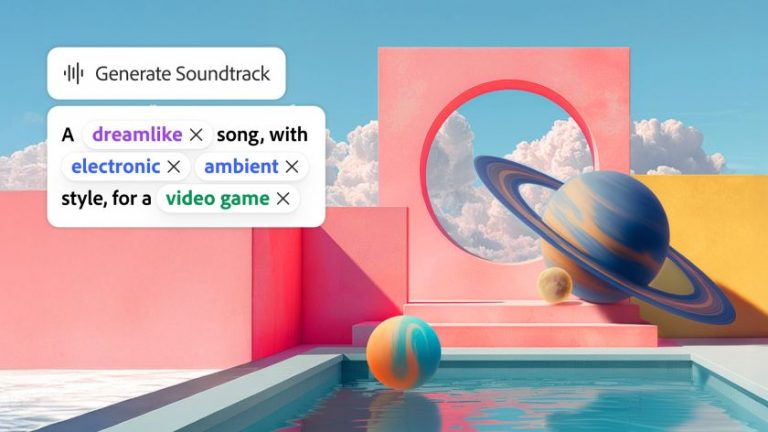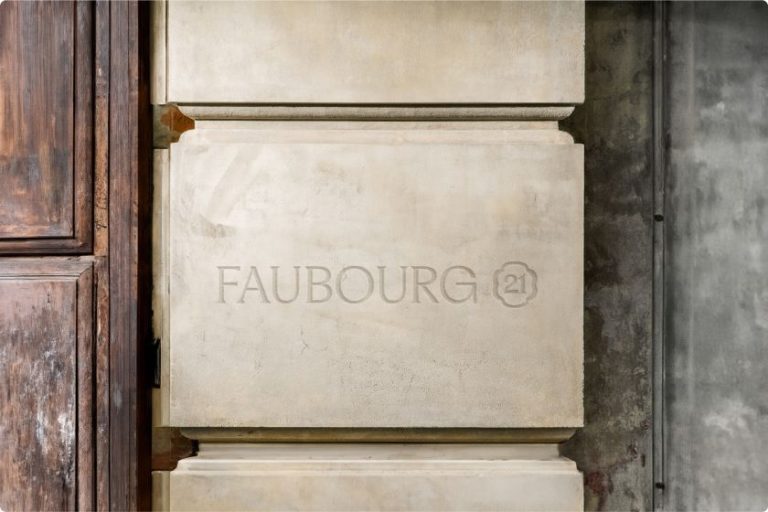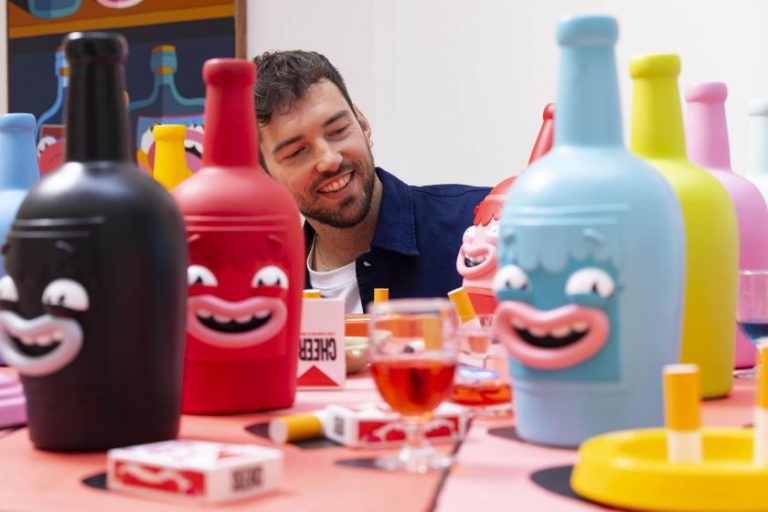Image licensed via Adobe Stock
Even work in the creative industries is largely admin. So, how do you balance the needs of your career with the need to thrive creatively?
It was all going to be so different. When you were young and dreaming of a career in a creative profession such as design, art, photography or filmmaking, you imagined every day would be focused on the joy of creation.
In reality, you spend your day responding to a billion emails, wading through tedious and complex admin, wrestling with intractable technical challenges and trying to keep everyone from co-workers to bosses to stakeholders happy and in the loop.
Not to mention the all-consuming headache of pleasing clients, who aren’t always the most polite and helpful and keep changing their minds.
And breathe.
The thing you actually love – the creative part where you get to unleash your imagination, come up with fresh ideas and then bring your vision to life – you never seem to spend much time doing. Never mind, you think: I’ll focus on personal projects instead. And yet, when you get home and have some free time, you’re so emotionally and physically exhausted that you just want to have a bath and crash out in front of Netflix.
But don’t worry; you’re not alone. Hence, today is the start of National Work Life Week. Running from 7-13 October, this annual campaign encourages both employers and employees to focus on work-life balance and well-being in the workplace.
This annual seven-day event provides an ideal opportunity to reassess our approach to balancing career and creativity. So, with that in mind, let’s explore some thoughtful strategies that will allow you to thrive in both your career and your creative life without sacrificing your well-being.
1. Assess your current work situation
First of all, take an honest look at your job and how it impacts your creative energy. Be honest with yourself: is it draining you completely? Or does it provide a decent balance between the boring office stuff and actually being creative?
A lot of that will come down to whether your job complements your personality and artistic goals or fights against them. For example, suppose you’re working for a production company that makes socio-political documentaries. In that case, you may ultimately be happy to do a lot of crappy admin and a few late nights if you’re ultimately committed to the groundbreaking work you’re helping produce. But if that’s instead a dumb reality TV show made purely for the money, that equation starts to change.
We all have to pay bills and rent, and there’s no shame in staying in a job you hate until you find an alternative. But once you recognise a job is sucking your creativity, the important thing is to get your head out of the stand and start actively looking for something better. For tips on this, read our piece on How to change careers to one that’s more creative.
2. Create clear boundaries
Once you’re in a job that balances the boring and creative stuff, the next step is to maximise the latter and stop the former from taking over your life and crushing your soul. And that means establishing firm boundaries between work and creative time.
Firstly, this means not taking your work home with you and not answering phone calls and emails out of hours. Don’t feel bad about this: it’s already a legal requirement in many countries, so no one should think badly of you. And if they do, they’re probably not an employer you want to stick with.
In addition to negative boundaries, consider setting positive ones. For example, you might want to reserve specific hours of your day for creative side projects. Use ‘calendar blocking’ to allocate time for professional, artistic, and social endeavours, as well as exercise and relaxation, to ensure a balance in your life.
It can also be useful to designate separate spaces for different activities: your home office for remote working on your day job, a separate desk for side projects, and a studio for painting or photography.
3. Learn to say no
Setting boundaries is one thing, but there are also only so many hours in a day. So, the key to work-life balance is learning to say no.
Say no to invitations or opportunities that don’t align with your priorities. No to freelance clients that don’t feel like the right fit. No to collaborations or partnerships you don’t have the time to develop properly. No to late-night social events when you know, you’ll suffer the next day.
This can be very difficult: we’re all people-pleasers at heart. But that’s exactly why learning to say no confidently is crucial for maintaining focus on your creative goals. Overcommitting will hurt your productivity, creativity, and ultimately all your relationships, work, and social. So start using phrases like “I can’t do Sunday because I always use those days to paint” to establish clear boundaries with everyone you know.
4. Optimise your peak creative hours
One of the best strategies for creative side projects is to identify when you’re most creatively productive and schedule your artistic pursuits during these times. This might mean, for example, waking up earlier, using your lunch break, or setting aside weekend mornings for creative work.
As well as times themselves, think about what physical state makes you most creative. For example, are you firing on all cylinders after exercising, meditating, or eating a large meal?
5. Start small and build consistency
This all sounds like a lot, and depending on how different it is from your current routine, it may well be. So don’t put pressure on yourself to dedicate hours to your creative pursuits immediately. Start with small, manageable chunks of time and gradually increase as you build the habit.
Even just 10 minutes a day can be a good start; it’s certainly better than zero minutes. If you gradually increase this time until it reaches an hour, it will make your progress feel meaningful and manageable.
6. Embrace imperfection
Yes, we all want our work to be perfect. But typically, too much emphasis on this can mean projects never get finished, so ultimately, what’s the point of them?
Ask yourself whether you really need to spend more time on a project before putting it out into the world or whether you’re just scared of doing so. It’s natural to fear negative feedback, but actually, that’s the only way we’re going to grow and develop our skills and creativity. So, instead, you need to learn to welcome it.
For more on this, read our The five-step plan to positively tackle criticism of your work.
7. Make time for rest and reflection
Achieving a balance between career and creativity is about making the best of the time you have available. But it doesn’t mean spending every single hour on these pursuits: that will just leave you to crash and burn. So, setting aside downtime is crucial for restoring both your career drive and creativity.
In other words, don’t feel guilty about taking breaks or doing nothing occasionally. We need them for the sake of our mental and physical health. Plus, these moments often lead to new insights. Who hasn’t had one of their best ideas sitting in the bath or going on a long walk in nature?
8. Seek support and community
You don’t, of course, have to do this alone. Having a support system can provide encouragement, feedback and motivation. And the creative community, on the whole, are a pretty friendly bunch. So, make an effort to look for local creative groups, online communities, or even just a few trusted friends who you can connect with and who understand your creative goals.
Conclusion
Above all, remember that finding balance in life is an ongoing process. So be kind to yourself during the highs and lows of your creative journey.
This National Work Life Week 2024, take some time to reflect on your own work-life balance. Consider implementing some of these strategies to nurture your creativity alongside your career. Remember, there’s no one-size-fits-all approach: experiment with different techniques to find what works best for you.
As a result, you’ll not only enhance your overall well-being but also bring fresh energy and perspective to all aspects of your life. Use National Work Life Week as a springboard to create lasting changes that support your career, fuel your creativity, and ultimately lead to a more fulfilling and balanced life.

